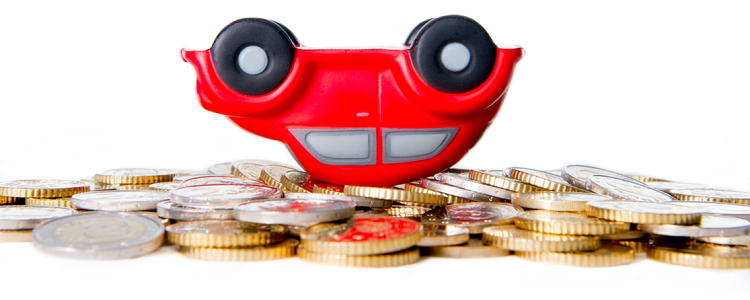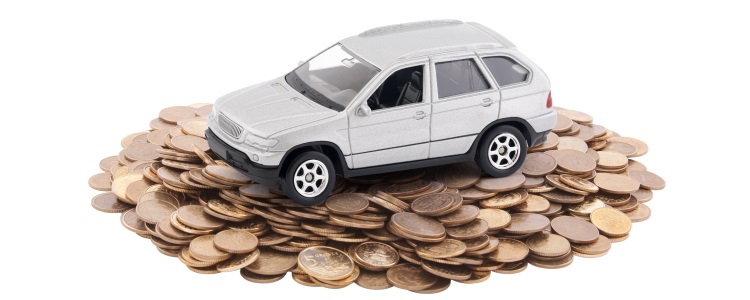If you’re looking to buy a new or used vehicle but already have a car loan, you may be wondering just what you should do with your current vehicle. Should you keep it and pay it off, or trade it in and use the equity as a down payment on your new car? Both are viable options, and it ultimately depends on what you need and want out of your current vehicle.
What Affects Trade-in Value?
 Before you make a decision, it’s important you understand what affects your trade-in’s value. The biggest factor is depreciation, which kicks in as soon as you drive the car off the lot. In the first year, your vehicle’s value decreases by about 20 percent, and cars typically lose around 60 percent of their value over the first five years of ownership. In addition to depreciation, four other components that affect value are the vehicle's age, mileage, actual cash value, and equity.
Before you make a decision, it’s important you understand what affects your trade-in’s value. The biggest factor is depreciation, which kicks in as soon as you drive the car off the lot. In the first year, your vehicle’s value decreases by about 20 percent, and cars typically lose around 60 percent of their value over the first five years of ownership. In addition to depreciation, four other components that affect value are the vehicle's age, mileage, actual cash value, and equity.
All five of these factors work together to make up your car’s trade-in value, and no two vehicles are alike, even if they’re the same make and model. Make sure you know where your trade-in stands in value before you head to a dealership to discuss your options.
Best and Worst Time to Trade in Your Car
You have an idea of what your car is worth and decide you want to trade it in. But when do you actually do this? Timing is critical, and you need to look beyond your vehicle’s current value to know the right time to trade in your car.
Although timing is subjective, here are six examples of when and when not to trade in a vehicle.
Good times to trade in:
- Mileage Milestones – There are three main mileage milestones cars experience: 30,000 to 40,000, 60,000 to 70,000, and 100,000 miles. The optimal time to trade in your vehicle is around the first milestone, but many cars are still valuable well past the first 50,000 miles.
- You Have Equity – Equity is when your vehicle is worth more than what you owe on your loan. You can determine how much equity you have by taking your car’s actual cash value from an appraisal and subtracting it from your loan payoff amount.
- Gas Prices Increase – If your trade-in’s fuel economy isn’t the best and gas prices are increasing, you should consider trading in for a more fuel-efficient vehicle.
Bad times to trade in:
- You Bought Your Car Not Long Ago – If your trade-in is only a couple of years old and doesn’t have many miles on it, don’t expect to recover the big hit it has already taken in depreciation.
- You Have Negative Equity – Many lenders won’t allow you to roll over negative equity, and if a lender does, we recommend you don’t. You don’t want to put yourself in a financial bind by adding negative equity on top of the new loan.
- Mileage Exceeds 100,000 – This isn’t necessarily a cut-off amount, but many dealers offer considerably less on trade-ins with over 100,000 miles.
The Bottom Line
Whether you want to trade in your vehicle or keep it is up to you. Depending on your situation, one option could be better than the other, but it's up to you to decide.
If you decide you want to trade in and finance another car, but worry your bad credit is going to stop you from getting a loan, let Auto Credit Express help. We help car buyers find the financing they need by setting them up with local special finance dealerships. Start the process today by filling out our secure and free auto loan request form.
















